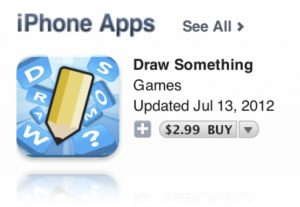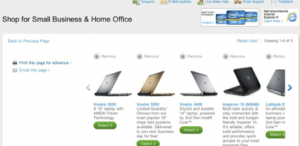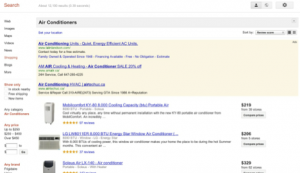Buyer Mindsets: Understanding How Customers Buy
As we write the book, there’s plenty we’re not including. For example, there are several things that affect what metrics you should look at: the kind of company you are, the stage you’re at, your audience, and how your buyers think about their purchases. But rather than go into detail on all of these, we’re just picking two; the others are falling on the editing room floor, which, in this case, means the blog.
Here’s something we aren’t putting in the book, but which is still interesting—and IMHO not talked about enough. It’s the way in which your customers are accustomed to buying a particular product category.
The metrics and KPIs a startup tracks will vary depending on the stage that the company is at, and the business model. A late-stage SaaS startup might care about minimizing churn and uptime, while an early-stage mobile gaming company may be obsessed with gameplay mechanics and time in game per day.
Three kinds of buying mindset
Who are your target customers? It sounds like an easy enough question, but it’s not. If you’re selling a big-ticket item to an enterprise buyer, you’ll be wading through purchasing and processes; by contrast, if you’re selling a cheap (or free!) product to an individual consumer, you’re looking at a quick, simple, highly impulsive purchasing process.
Marketers have names for these “buying mindsets.”[1]
A straight rebuy happens when the buyer is familiar with the product and the buying process, and has generally chosen the brand—booking a familiar flight using the normal carrier, for example.

An app store purchase, 1-click buying, or a recurring billing model is an example of a straight rebuy.
This is the kind of “loyal customer” behavior marketers crave. The purchase is nearly instinctive, and you care much more about whether their behavior deviates from expectations; how long the activity takes; and any signs that their loyalty might be waning. A user auto-renewing their annual service, or placing an e-commerce order from a known online merchant, is engaging in a straight rebuy.
A modified rebuy happens when the buyer is familiar with the product or service, but is reconsidering some aspect of their purchase. For example, they might be flying to a city their normal airline doesn’t serve: they have expectations, but are open to change and looking for cues.

A Dell buyer who’s selecting a new notebook model is in a “modified rebuy” mindset, comparing with constraints but still relying on familiarity.
Here, you care about ways of upselling or unseating an incumbent. Buyers are more engaged than when they’re simply doing things by habit, and you have a chance to change their behavior in ways that will help you. Someone switching photo-sharing or messaging services might be in this group.
Finally, a completely novel buy happens when someone is purchasing in an entirely unfamiliar category, or something with considerable impact or uncertainty—booking a family vacation online, or buying a house. They have little or no experience with this purchase, and you can create their buying criteria or introduce your brand to them.

When a prospect uses a comparative shopping site, or an independent ratings company like Consumer Reports, they’re making a completely novel buy.
This is generally the case when you’re a truly disruptive startup, trying to define a product category; or when making a one-time purchase towards which the buyer has little emotional attachment, such as a dishwasher.
For a completely new purchase, SEO/SEM and placement on ratings sites matter much more; you’re fighting for a customer in the court of public opinion, where you have far less control over (and visibility into) the purchasing process.
[1] http://fds.oup.com/www.oup.co.uk/pdf/bt/palmer/im07buyer.pdf and
http://www.buseco.monash.edu.au/mkt/dictionary/sss.html have some additional lists of marketing terms.